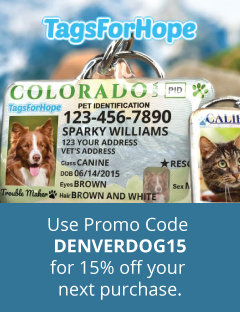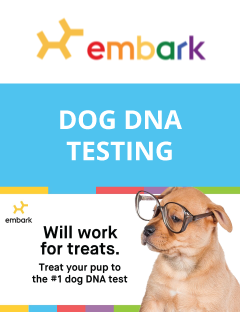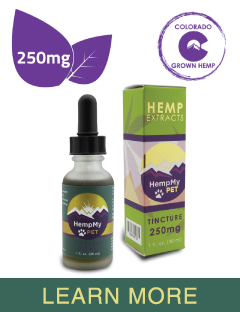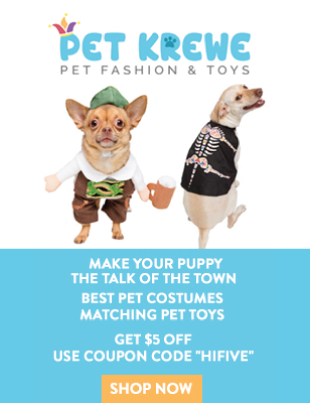Cracking the code on your dog’s pet food labels
 By Dave Richardson
By Dave Richardson
Let’s do a little experiment. In the next 30 seconds, try to list all of the dog food brands that you can think of or have purchased for your dog. Were you able to list several? Probably, and you know that list you just came up with is not even close to all of the brands and blends available on the market. To add to that there are many different diets you can follow (grain free, raw, wet food, etc.). The point being it can be both time consuming and frustrating trying to pick a good nutritious food for your pet that they will actually like the taste of with so many options to evaluate. So here are a few shopping tips from Pet’s Healthy Choice Denver.
First, you should learn to understand the ingredients list. Many people don’t know that ingredients are listed by weight starting with the heaviest item in the food. Typically, the first five ingredients are what make up the majority of the food. Ideally, you will find the protein source listed first, and you want to pay attention to the specific animal it came from. If the label uses vague descriptions as to what protein is used, that is a red flag. Grains will likely also be listed as one of the top ingredients, because grains such as corn, corn meal, whole wheat, barley, and rice can provide essential energy and gives the food a tasty texture. For high quality grain free foods, you will notice fillers like oatmeal or sweet potato. These give the dog the same needed amount of carbohydrates, but often have a higher amount of fiber then traditional grain fillers.
When looking at labels, it is good to be aware that percentages listed can be misleading. A brand may have a high protein percentage, but that protein could be comprised of crude animal parts like beaks and feet. To avoid this common deception, return to the ingredients list. If the protein has a high percentage, but is not listed as one of the top ingredients then you are probably being misled. All of the Pet’s Healthy Choice dog food blends have the main protein listed as the first ingredient.
Another label item to look for, is the assurance that the product is formulated to meet the nutritional levels established by the AAFCO’s Food Nutrient Profiles. This guarantee means that the food you are considering has nutritional adequacy. Lastly, before picking a brand, do a cost per weight analysis to determine the weight value of the food. Dry food’s density can be changed by puffing it up, and wet food’s density can be recorded in varying units making comparisons challenging. Calculate the weight per dollar paid to get an accurate comparison.
After choosing a brand there are a few things to keep in mind. Be sure to select the formula for the right life cycle stage and size of your pet. For instance, Pet’s Healthy Choice has an active dog, a senior dog, and a puppy, which are all formulated differently to meet the nutritional needs of the dog. Consult your vet if you are unsure which stage your dog is in. Also, read the feeding instructions on the bag. The instructions should explain the amount of calories per cup, and if you dog is overweight, underweight, or has an illness, their calorie intake is important. Again, consult your vet with any uncertainties regarding the amount of calories your pet needs on a daily basis.
Hopefully, these tips have taken some of the guess work out of picking a quality food that your dog and pocket book will love, and made the often overwhelming task of choosing a food a bit easier.
Pet’s Healthy Choice Denver
Website: www.petshealthychoice.com
Email: info@petshealthychoice.com
Phone: 720-469-3600







